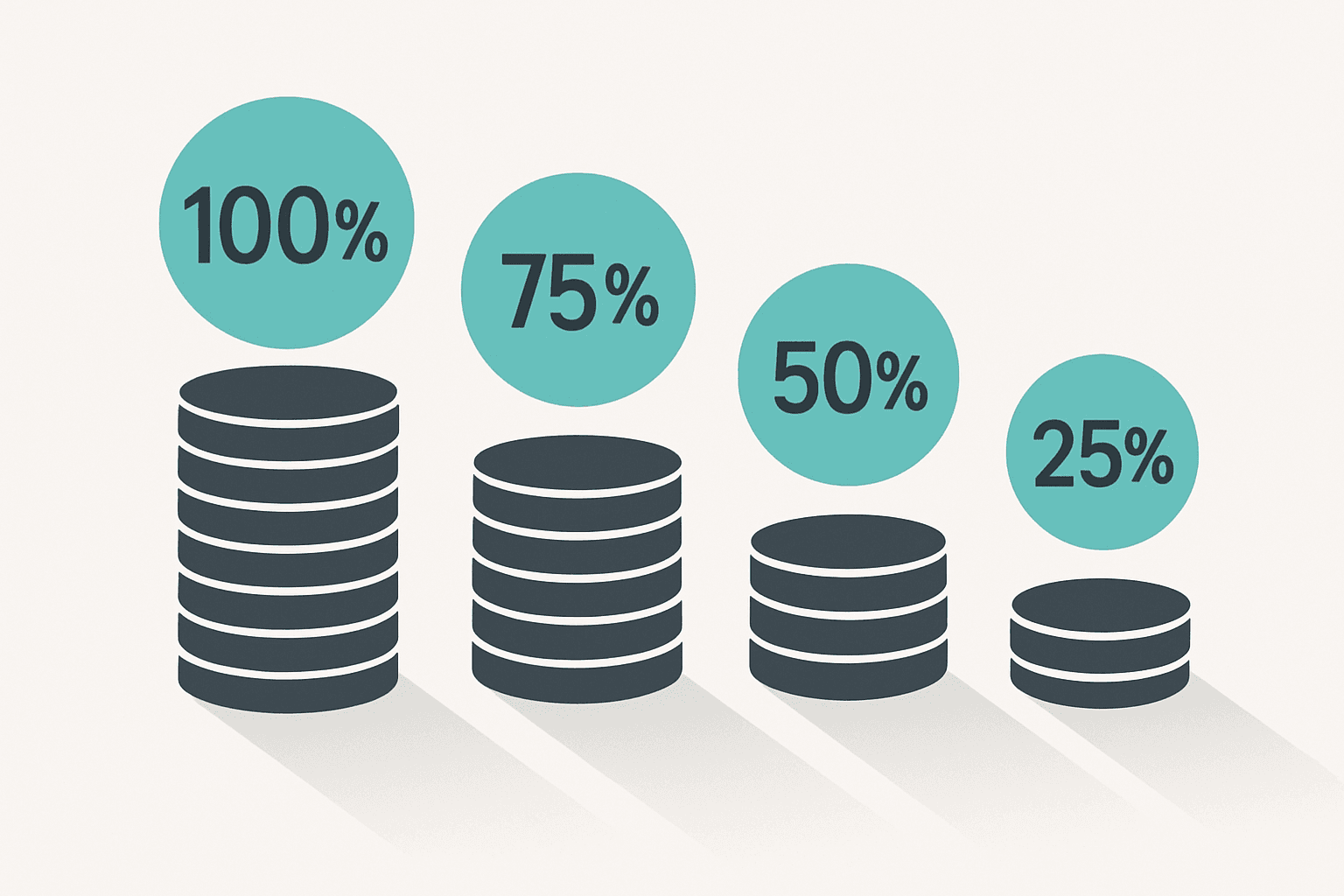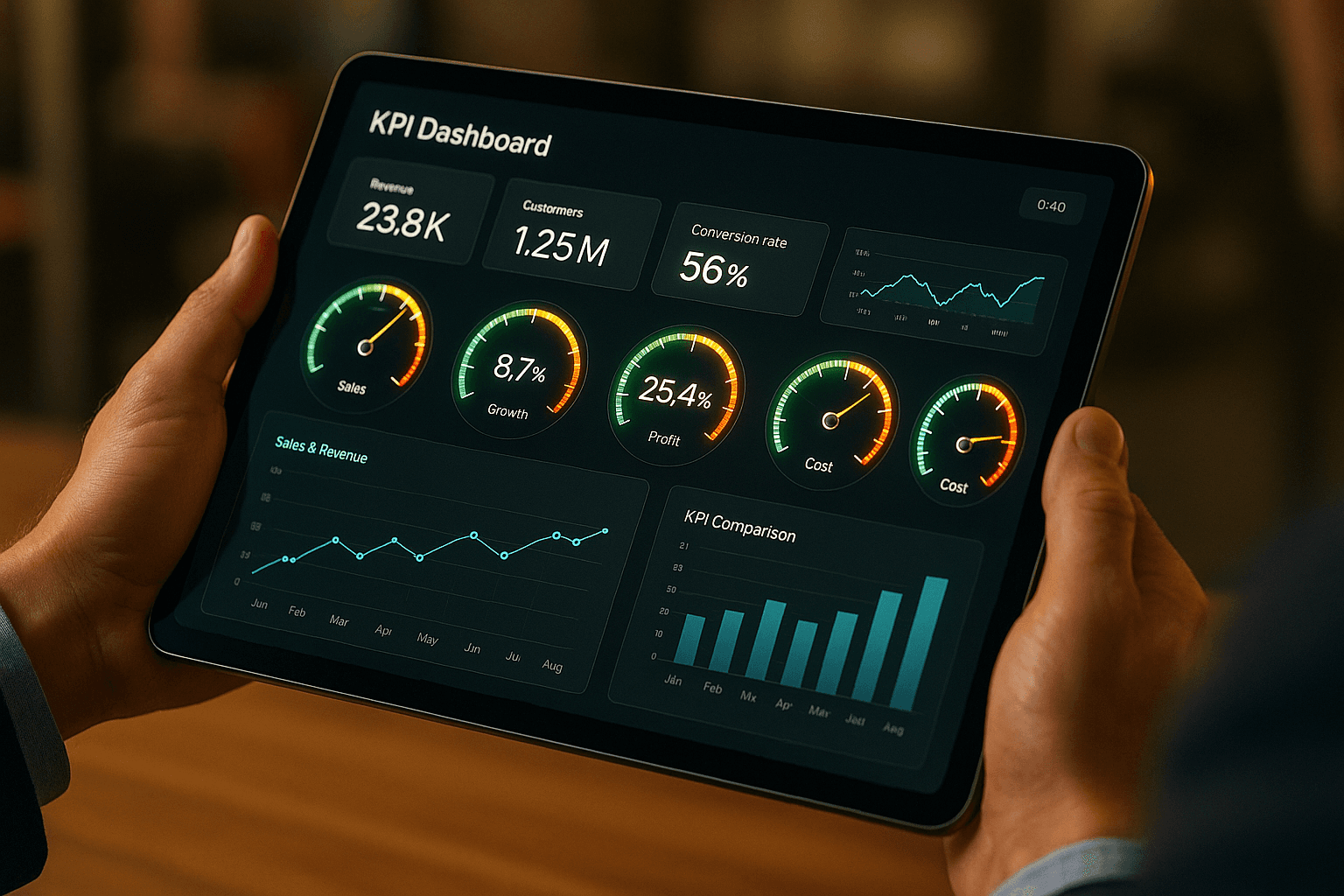The ROI of Business Process Automation: A Data-Driven Analysis
by Jonathan R. Feilberg, Founder & CEO
Quantifying Automation Value
Business process automation isn't just about efficiency—it's about measurable financial impact. When implemented strategically, automation delivers ROI that compounds over time, creating sustainable competitive advantages.
The key lies in understanding which processes to automate first and how to measure success beyond simple cost savings. The most successful organizations approach automation as a strategic investment rather than a tactical cost-cutting measure.

Direct Cost Savings
The most immediate ROI from automation comes through direct cost reduction:
Labor Cost Optimization: Automating repetitive tasks frees employees for higher-value work. A typical implementation reduces manual processing time by 60-80%, allowing staff reallocation to strategic initiatives.
Error Reduction: Manual processes have error rates of 1-5%, while automated systems achieve 99.9%+ accuracy. This translates to significant savings in rework, customer service costs, and compliance issues.
Operational Efficiency: Automated workflows eliminate bottlenecks, reduce processing times, and ensure consistent output quality regardless of volume fluctuations.

Revenue Acceleration
Beyond cost savings, automation drives revenue growth through improved capabilities:
Faster Time-to-Market: Automated development, testing, and deployment processes reduce product launch cycles from months to weeks, capturing market opportunities faster.
Enhanced Customer Experience: Instant response times, 24/7 availability, and consistent service quality improve customer satisfaction and increase retention rates.
Scalability Without Proportional Costs: Automated systems handle volume increases without linear cost growth, enabling rapid business expansion.
Hidden Value Drivers
The most significant ROI often comes from less obvious benefits:
Data Quality Improvement: Automated data collection and validation create cleaner datasets, improving the accuracy of business intelligence and decision-making.
Compliance Automation: Automated compliance monitoring and reporting reduce regulatory risks while ensuring consistent adherence to standards and regulations.
Innovation Capacity: By eliminating routine tasks, automation frees creative resources for innovation, new product development, and strategic initiatives.

ROI Calculation Framework
Measuring automation ROI requires comprehensive analysis across multiple dimensions:
Quantitative Metrics: Track labor hours saved, error reduction percentages, processing time improvements, and direct cost savings month over month.
Qualitative Benefits: Assess employee satisfaction improvements, customer experience enhancements, and competitive positioning advantages.
Long-term Impact: Calculate compound benefits including reduced training costs, improved scalability, and enhanced organizational agility.
Implementation Priorities
Maximize ROI by targeting high-impact automation opportunities:
High-Volume, Rule-Based Processes: Start with processes that handle large transaction volumes using clear, consistent rules for immediate impact.
Error-Prone Manual Tasks: Prioritize processes where human error has significant business consequences or costs.
Cross-System Integrations: Automate data transfer and synchronization between systems to eliminate manual reconciliation and reduce errors.

Measuring Success
Successful automation implementations establish clear success metrics from the beginning:
Track baseline performance before implementation to measure improvement accurately. Monitor both financial metrics and operational KPIs to capture the full value picture.
Establish feedback loops that identify optimization opportunities and measure ongoing performance improvements as the system learns and adapts.
The Compound Effect
The true power of business process automation lies in its compound effect. Each automated process enables additional automation opportunities, creating a snowball effect of efficiency gains.
Organizations that embrace automation systematically build momentum that accelerates over time, creating increasingly significant competitive advantages and ROI that grows exponentially rather than linearly.